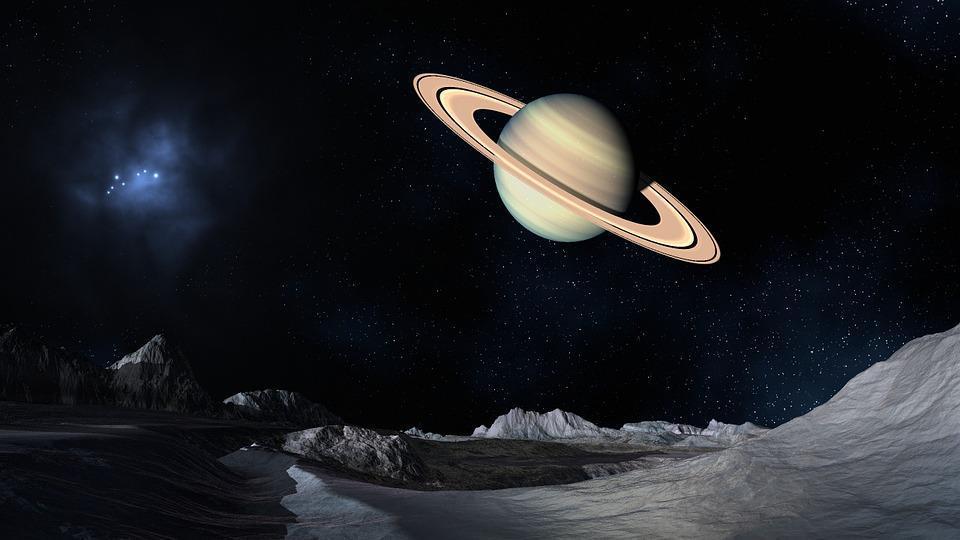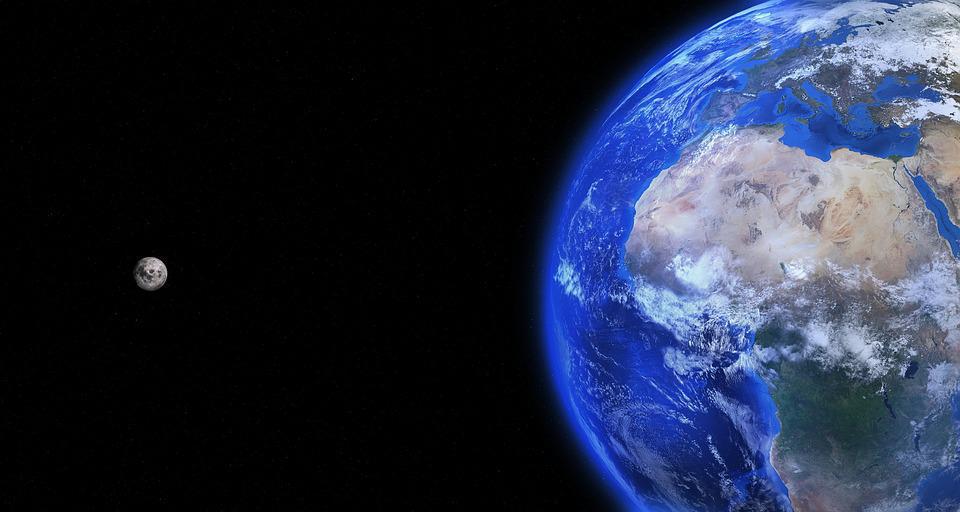Astronomers announced on Wednesday that they detected a planet's running in the surrounding stars (Proxima Centauri), the nearest star. What is imaginative is that the planet is located in the neighboring star, where the temperature may not be too hot nor too cold. This means that its surface may have liquid water, which increases the possibility of life.
Although observation work in recent years has discovered many planets of the earth in all parts of the Milky Way. It brings a different hope, because it may be possible to find a way to reach it after decades. It is 42 light years from the earth, which is 25 trillion miles. From the perspective of the size of the universe, it is extremely close.
A astronomer compare it to the neon sign that is flickering. "I am the nearest star, I have a possible livable planet!" Said R. Paul Butler, a astronomer of Carnegie Institution for Science. It was his team that made this discovery.
GUILLEM Anglada-Escudé, a astronomer of Queen Mary University of London at the University of London, is a study of this discovery of this discovery in the "Nature" magazine. The leader of the team. He said, "We know that there are land -like planets around many stars, and we almost expect that there will be land -like planets around the nearby stars. But this is not exciting. That one. "
In addition to the size of this planet and the distance from the mother star, many things about it are still a mystery. The computer model that scientists can only provide some clues about possible situations: the environment there may be similar to the earth, but maybe as hot as Venus or as dry as Mars.
The planet is named PROXIMA B and has no image evidence. Dr. Angrada Esdut and his colleagues indirectly detected it through the spectrum of his mother star through telescopes. They put their attention on the precise micro movement existing in this spectrum, first moved slightly red, and then slightly purple movement. The reason for this phenomenon was that the neighboring star was dragged by the gravity of this planet, so he swayed back and forth. Similarly, when the police car is traveling or far away from the audience, the siren sounds more sharp or lower.
Through the size of this movement, astronomers determine that the quality of Proxima B is at least 1.3 times that of the earth, although it may be several times larger. One year on PROXIMA B -running for a week on the orbit surrounding neighboring stars -only 11.2 Earth Day.
Although this planet is covered by the light of neighboring stars and cannot be observed by the existing telescopes, astronomers hope that the next -generation telescope will be seen in the next generation of telescope in ten years.
The similarity of this planet to the earth has added a hope: one day in the future, the machine detector can pass or observe it closely. In Russian entrepreneur Yuri Milner and theoretical physicist Stephen Hawking, a group of scientists and technical giants funded by privately announced the launch of the Breakthrough Starshot Initiation. The goal of this project is to develop and launch a series of iPhone -sized spacecraft in the next two or three decades. The destination they put forward is the half -person Masa Alpha Star (also known as South Gate II). In addition to neighboring stars, there are two larger daily stars.

The neighboring star is located in the Banren Masha Alpha galaxy, 4.2 light years from Earth.
"We will definitely aim at neighboring stars," said Avi Loeb, chairman of the breakthrough · Star Program Consultant Committee, Harvard astronomer Avi Loeb. "This is like finding gold real estate near my home."
Compared with 93 million miles between the earth and the sun, the newly discovered planet and its mother star are much shorter, only about 5 million miles. Even the innermost planet Mercury in our solar system is 36 million miles away from the sun.
Although Proxima B may be similar to the earth, its mother star is very different from neighboring stars and the sun. The neighboring star is smaller, belonging to the red dwarf, only about 12%of the solar quality, about 1/600 brightness — the starlight is so dim, it cannot be seen from the earth with the naked eye.
Therefore, although Proxima B is close to the neighboring star, the heat received is less than the earth, it is enough to retain the possibility of water flowing on its surface. As for whether there is a liquid water or atmosphere on it, "currently depends on conjecture," Dr. Anglerda Esdut said at a press conference.
If Proxima B is born where the neighboring star is very close, then it may be very dry and not atmospheric. However, it may also be born in a farther place, and then move inward to the current track. Another possibility is that it was dry at the beginning of its birth, but was later hit by a comet or a meteor full of ice substances.
"Some credible models and theories can explain that now there is a trusted planet similar to the earth," Angrada-Esdut said.
This discovery may provide a driving force for the telescope of searching planets. Ruslan Belikov, who worked at the American Aerospace Administration of California, Ruslan Belikov, who worked in the AMES Research Center, proposed to build a small space telescope at less than $ 175 million. It is used to search for planets that searched the half -honera Alpha galaxy. Although it is not strong enough to see Proxima B, its existence may provide more confidence: there are also ground planets around the two categories of the galaxy.
"It will directly increase the public's consciousness of the new world about the next door," said Dr. Belikov. "This is a huge change of the people's thinking paradigm."
